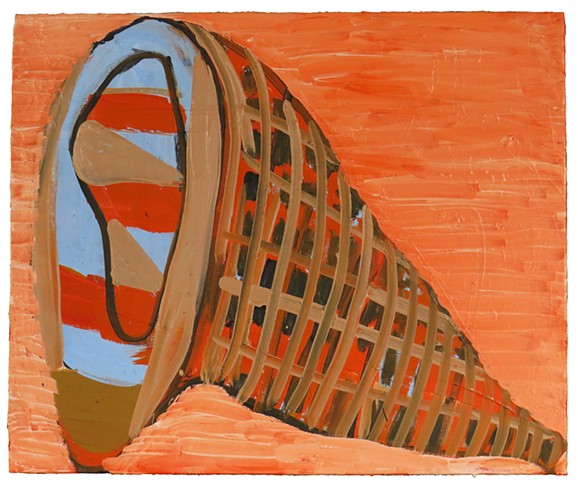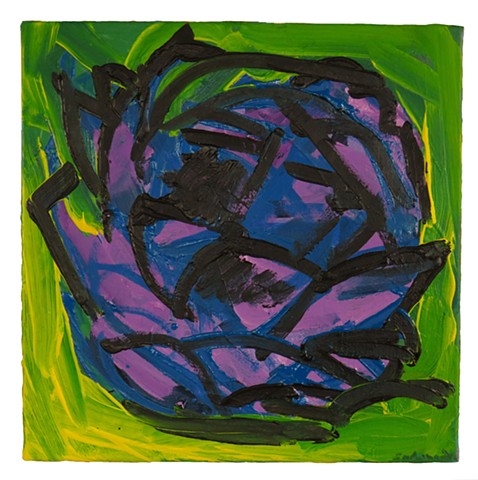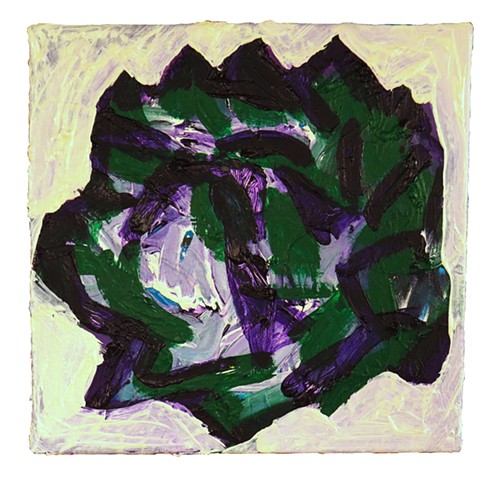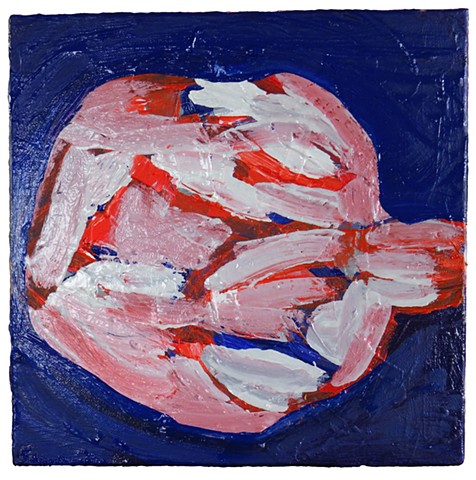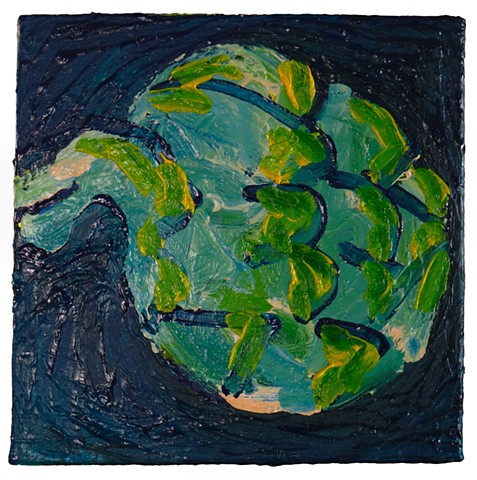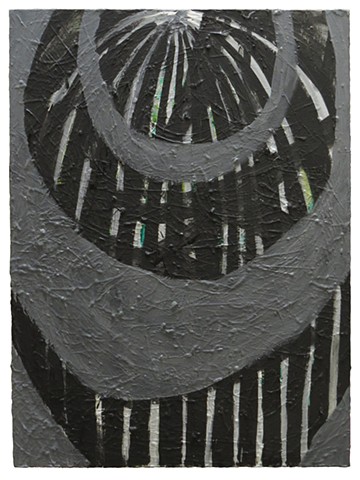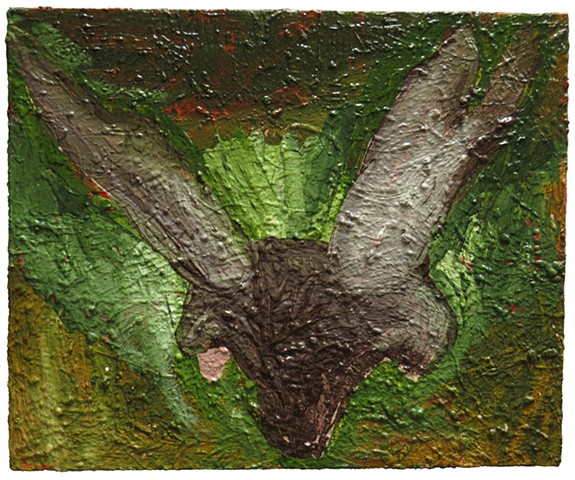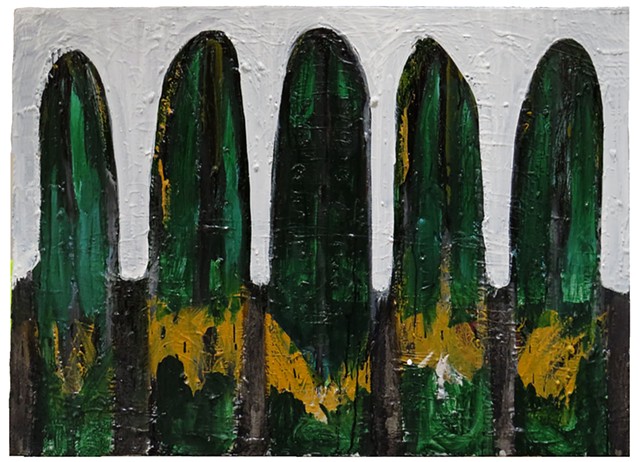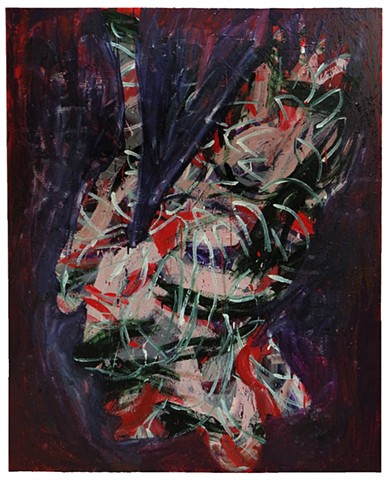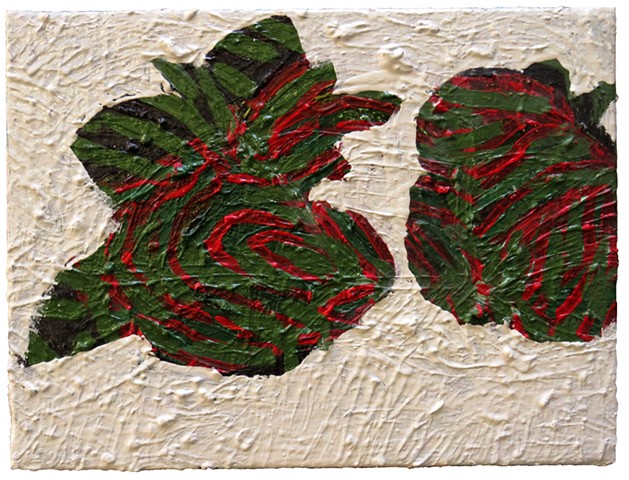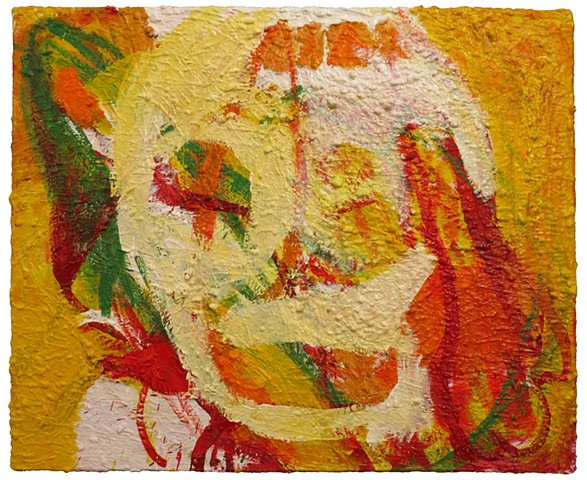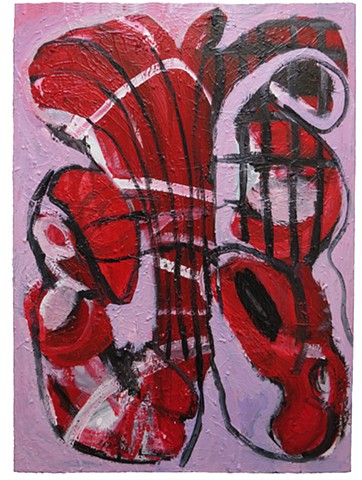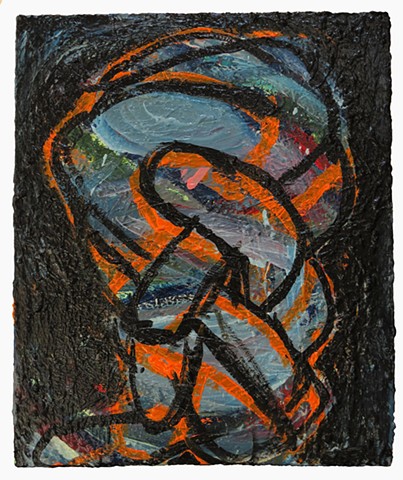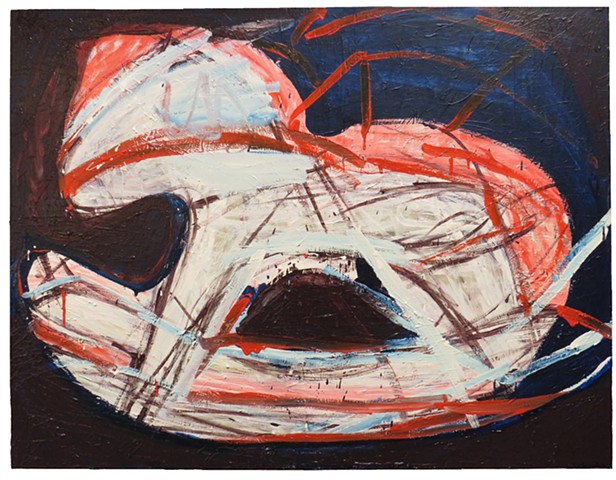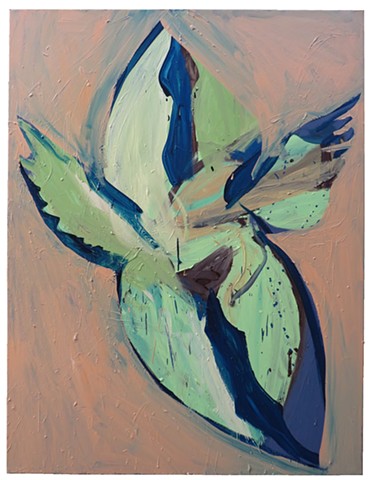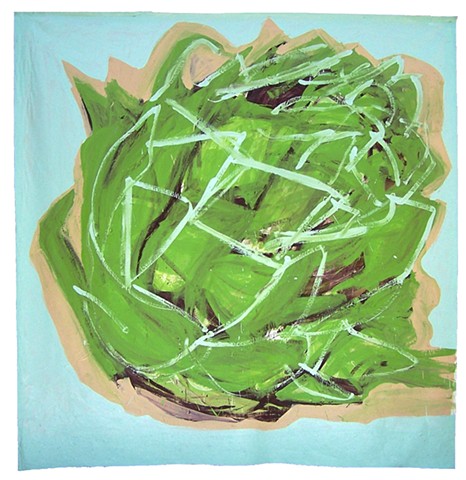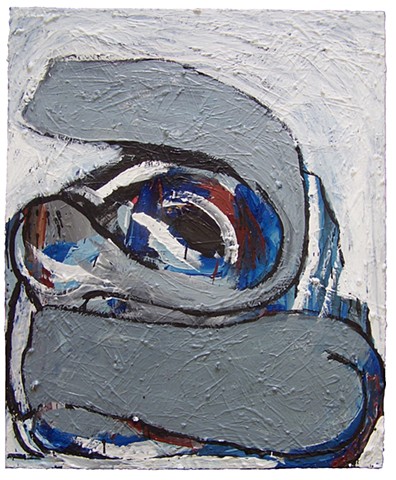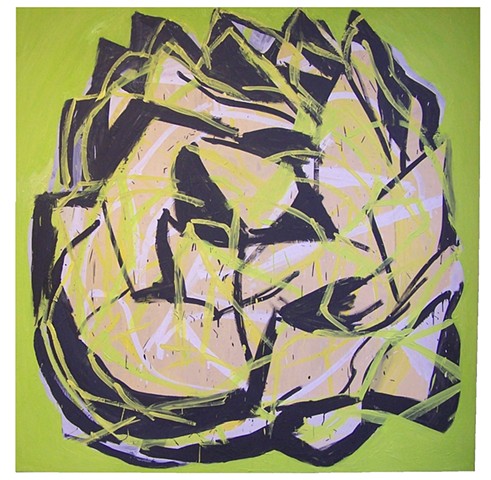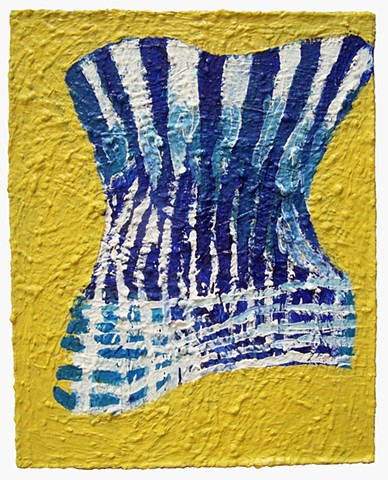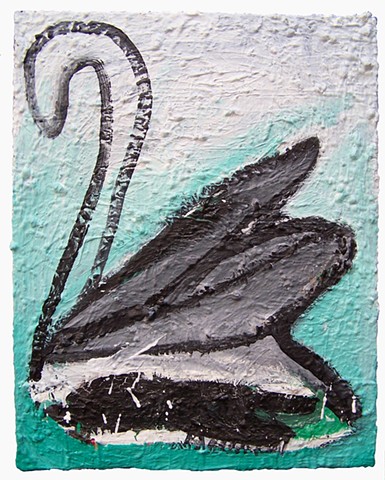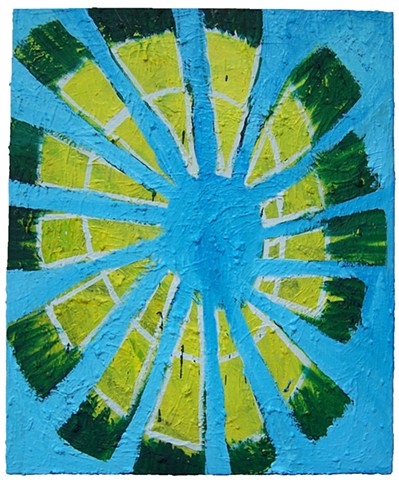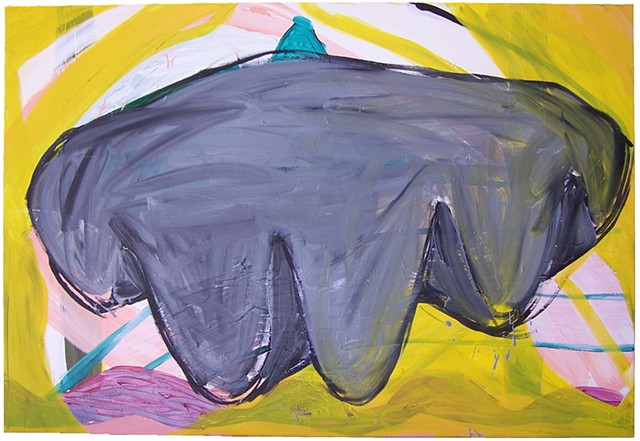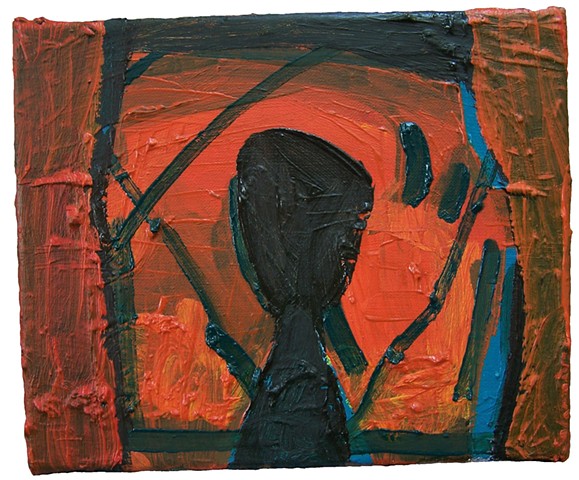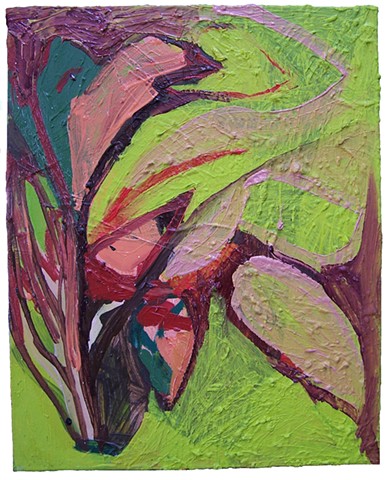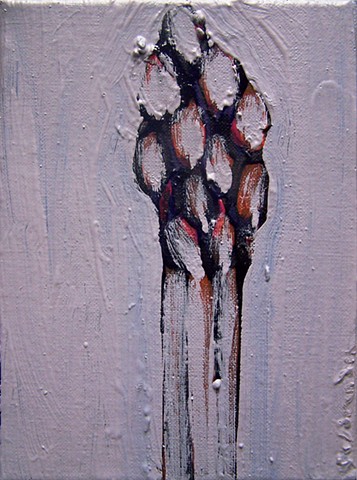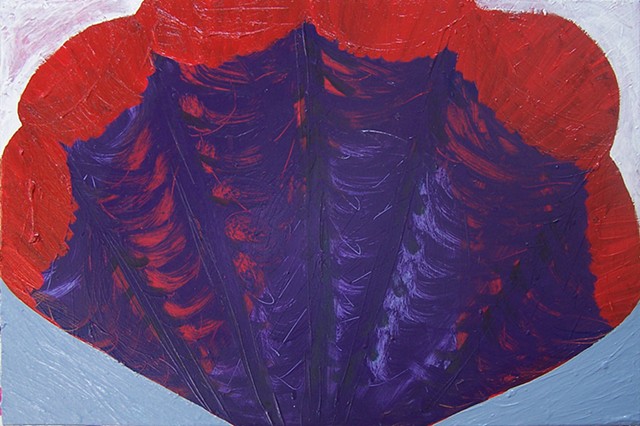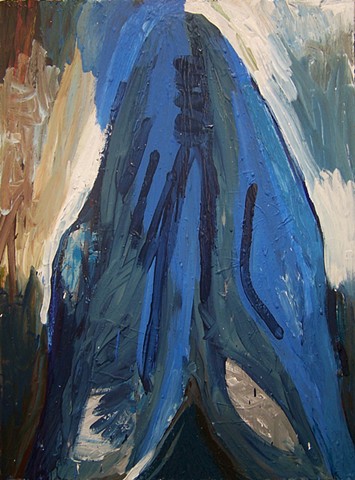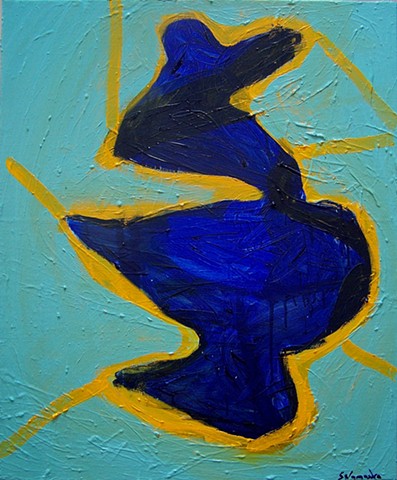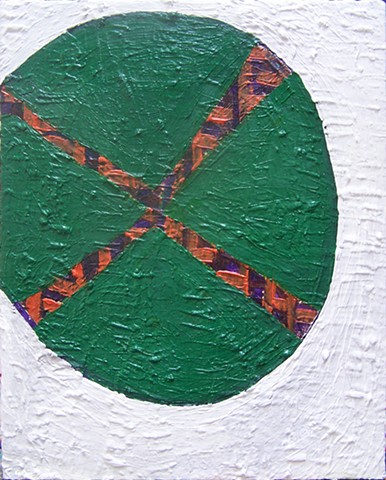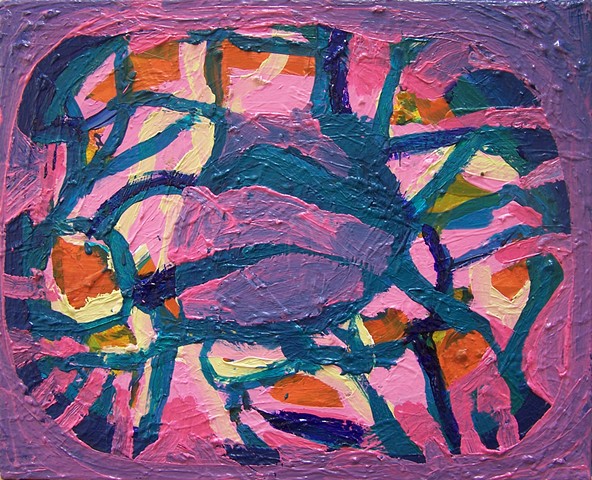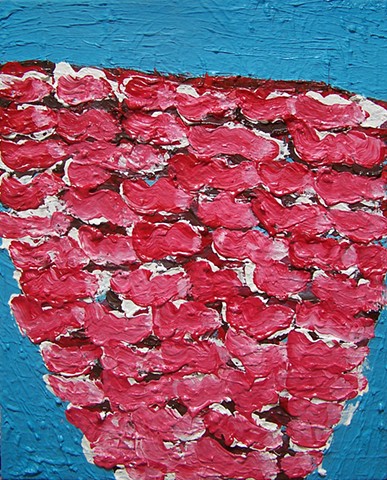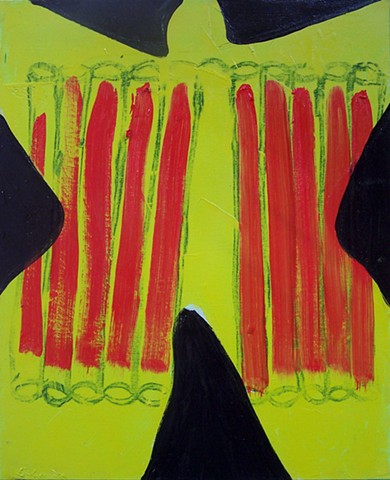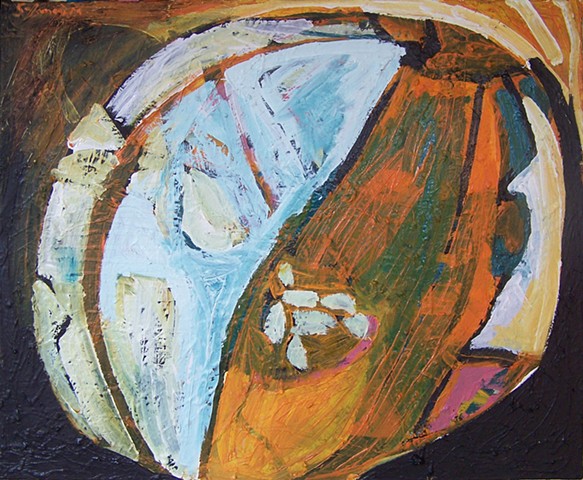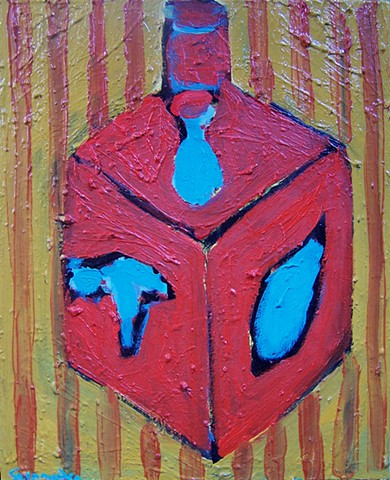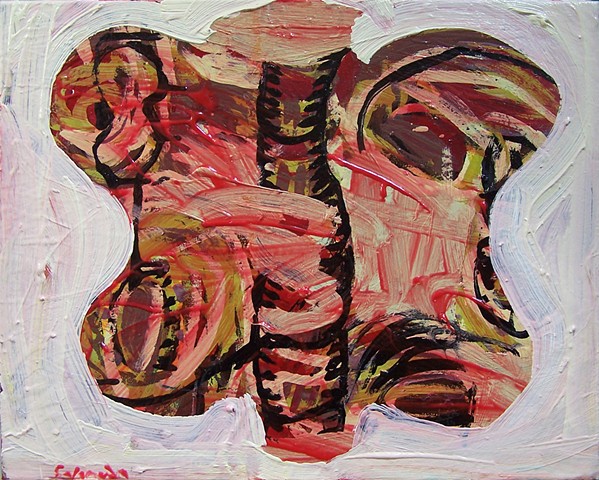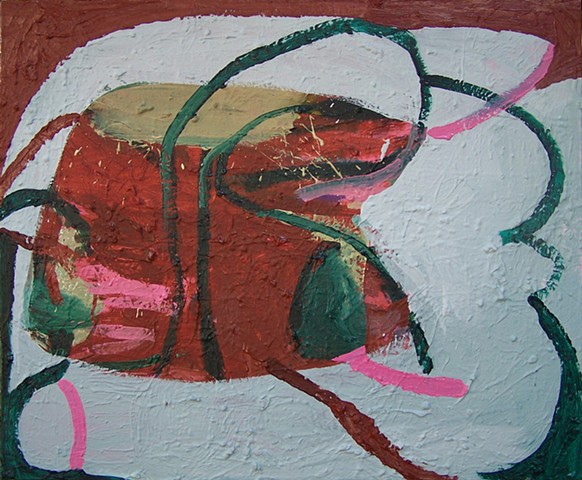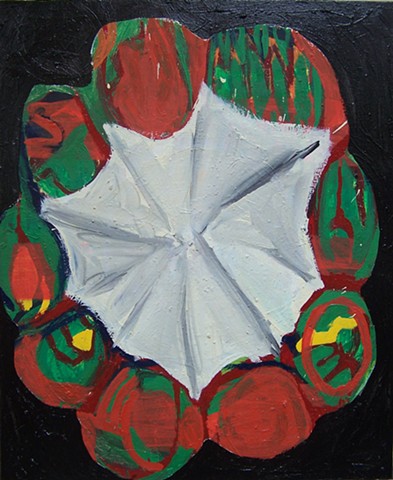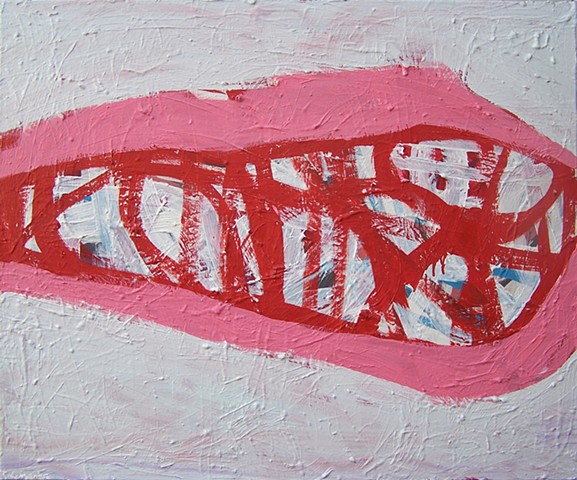Salamandra's Icons (2017-present)
200 huiles sur toiles, dimensions variables / 200 oils on canvas, various sizes
Click on each thumbnail to enlargen image and to scroll from on image to the next / Cliquer sur chaque icône pour agrandir l'image et pour faire défiler
La série « Salamandra’s Icons » (Les Icônes de Salamandra, en français) se composera au total de 200 huiles sur toile de dimensions variables. Commencée en 2017, elle compte aujourd’hui 60 toiles achevées et plusieurs dizaines sont en cours. Chaque toile exprime une figure – une forme, un signe ou un symbole – qui est à la fois représentative[3] et polysémique. Mes formes sont inventées dans un sens kafkaïen, dans le même sens que Franz Kafka utilise pour parler du « mot » dans son journal continuez à lire...
Each painting in my series “Icons” seeks to express a “figure”–a form, sign or symbol–which is at once representative and polysemical. My forms are invented in Kafkaesque style, akin to the style in which Kafka speaks about the “word” in his diary: “My doubts stand in a circle around every word, I see them before I see the word, but what then! I do not see the word at all, I invent it.”[1] This process of invention, according to theorist Ihab Hassan, “…requires patience. Patience is a kind of refusal; it resists accommodation in a world of easy meanings.”[2] The varying degrees of ambiguity expressed in my painted “Icon” allow the viewer several interpretations of the form. In this way, my “Icons” subvert as well as enlarge the contemporary function of the icon–contrary to those which invade and overrun our daily life–reducing it to icons immediately recognizable and unequivocal–like symbols found on the screens of smartphones. Similarly, like painting, my “Icons” respect their original meaning of the icon’s double function, described by Michel Thévoz as “a material and sensitive object on the one hand, and a form of meditation towards an invisible transcendence, on the other.”[3]
In this series, I aim towards the expression of a ‘readable’ form (one resulting from a clear relation ‘figure-background’) but also polysemic. All along the pictorial process, I seek to reveal the form, to make it appear. My way of working is twofold: either I research the form to invent it, or I recover an iconic form–citing a form from other artworks–that I question through my painting.
June 2022
1. Franz Kafka cited by Ihab Hassan, The Dismemberment of Orpheus, Toward a Postmodern Literature (Madison: The University of Wisconsin Press, 1982), 119.
2. Hassan, Dismemberment, 119.
3. Michel Thevos, L’Esthétique du suicide (Paris: éditions de Minuit, 2003), 126.

